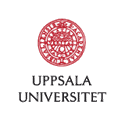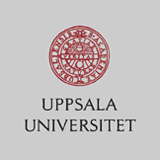Avancerad metodkurs i molekylär avbildning (PET, MR, SPECT, och CT), 5 hp
| Kursnummer | - |
| År | 2025 |
| Typ | Methodcourse |
| Spår | Cancer, Cardiovascular diseases, Drug development, Infection, Inflammation, Metabolism, Muscoloskeletal system, Neuroscience, |
| Max antal deltagare | 12 |
| Sista ansökningsdag | 2025-01-20 |
| Språk | En |
| Kursansvarig | Ram Kumar Selvaraju |
| Institution | Institutionen för läkemedelskemi; Plattformen för preklinisk PET-MRI |
| Besöksadress | |
| Postadress | |
| Datum | |
| Lokal | |
| Kurslängd | |
| Kursrapport | |
| Kursplan |


